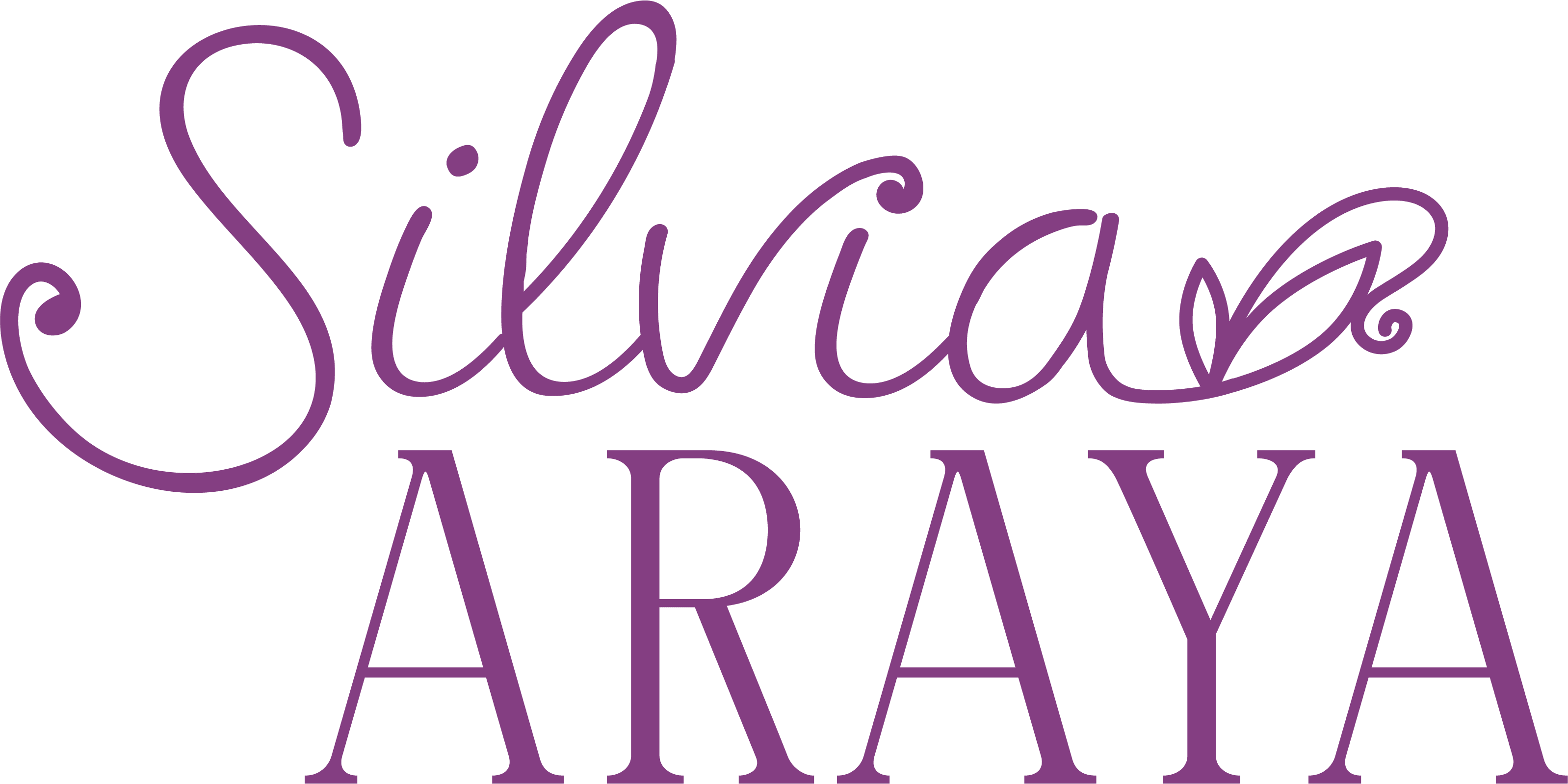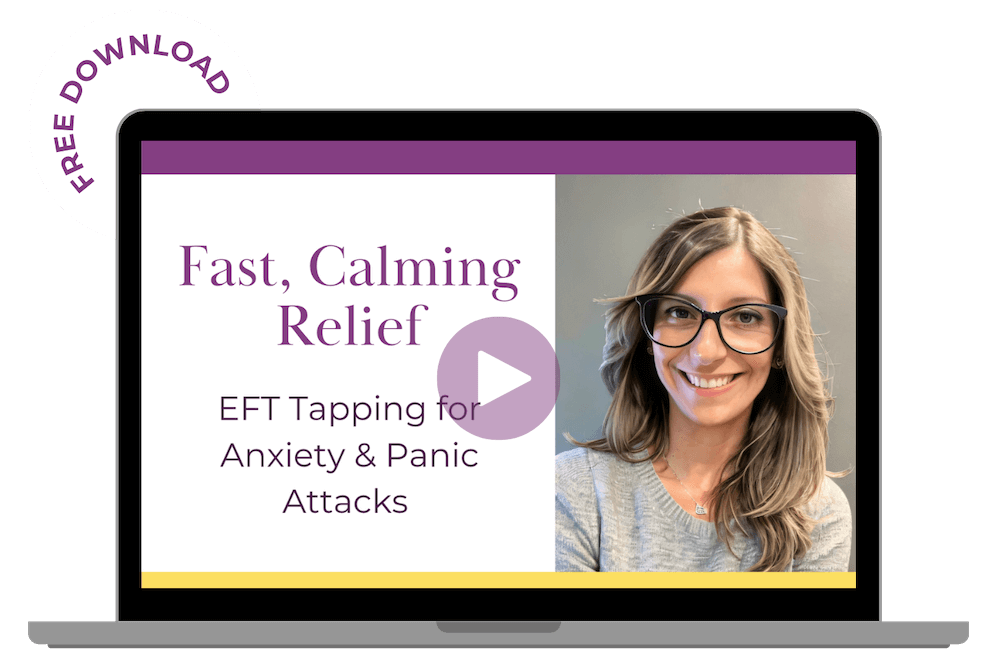High-stress professions often come with a hidden adversary: the challenge of managing panic attacks while maintaining productivity and professionalism. This battle, largely unseen by colleagues and the public, involves a nuanced understanding of panic attacks, their triggers, and the strategies for mitigating their impact. Here, we explore the reality of panic attacks within high-stress environments, supported by statistics, facts, and personal accounts, to shed light on this significant issue and to offer pathways toward support and resilience.
Understanding the Scope
- Statistics Highlight the Challenge: Research indicates that individuals in high-stress professions are at a higher risk of experiencing anxiety disorders, including panic attacks. For instance, a study published in the Journal of Occupational Health Psychology shows a clear link between high job demands, low job control, and increased risk of anxiety and panic disorders.
- Recognizing the Signs: Panic attacks can manifest through physical symptoms like palpitations, sweating, and shaking, alongside psychological distress, often without any apparent reason. In high-stress jobs, these symptoms can be mistakenly attributed solely to job stress, obscuring the underlying panic disorder.
Real-Life Stories From the Front Lines
- Alex’s Journey: Working as an ER nurse, Alex often experienced panic attacks triggered by the high-pressure environment. “The hardest part was hiding my distress from my colleagues. Finding a mentor within the hospital who had faced similar challenges was a turning point for me.”
- Casey’s Experience: A corporate lawyer with a decade under his belt, Casey struggled silently with panic attacks. “Admitting I needed help felt like admitting defeat, but it was actually the bravest thing I could do. Therapy and mindfulness practices have been game-changers for me.”
Strategies for Support and Management
- Foster a Supportive Workplace Culture: Organizations can play a pivotal role by promoting mental health awareness and creating an environment where employees feel safe to seek help.
- Encourage open discussions about mental health.
- Implement stress reduction programs and workshops.
- Individual Coping Mechanisms:
- Seek Professional Help: Early intervention with a mental health professional can significantly improve outcomes.
- Develop a Personalized Care Plan: This might include therapy, medication, mindfulness, and physical exercise.
- Create a Support Network: Lean on friends, family, or support groups who understand the challenges of high-stress professions.
Concluding Thoughts
Panic attacks in high-stress professions can feel like a solitary struggle, but it doesn’t have to be. By bringing these experiences into the light, we can cultivate understanding and empathy within professional environments. It’s about recognizing that strength also lies in seeking support, sharing our stories, and acknowledging that even in the most demanding careers, taking care of our mental health is paramount. Whether you’re facing these challenges personally or wish to support someone who is, remember: compassion, patience, and understanding are your allies. Through collective awareness and individual courage, we can address the unseen battle against panic attacks and foster a culture of resilience and caring in every profession.







